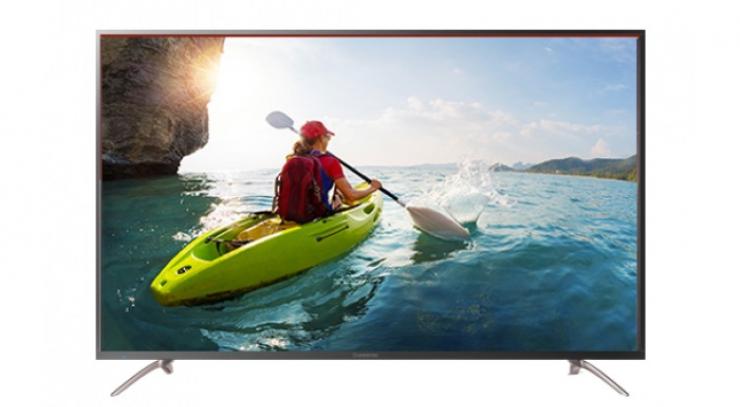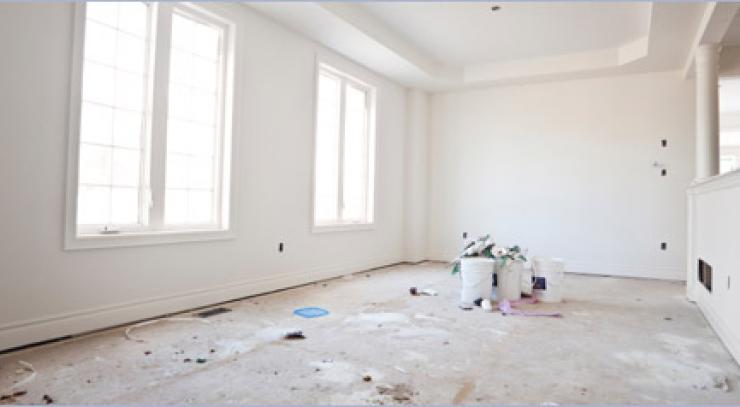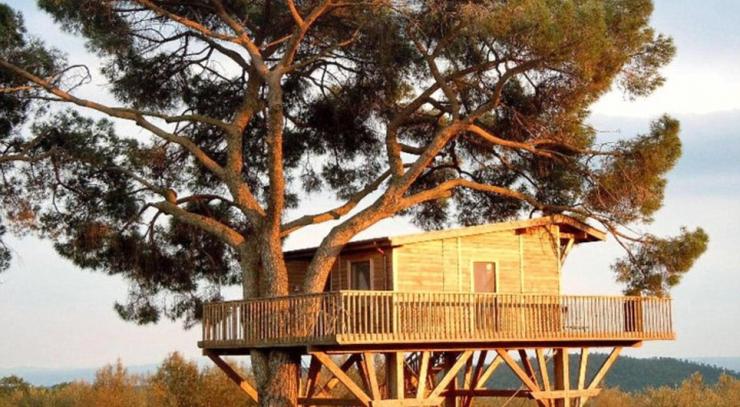Mini-split AC systems are ductless heat pumps. They're liked for saving energy, cooling specific areas, and being very quiet. These systems have two main parts. One is an inside unit and the other is an outside unit. You must pick the best location for mini split condenser. By doing this, you can ensure efficiency and comfort. This article will talk about how important condensers are and give you useful ideas for where to put yours.
An Overview About Mini Split ACs
Mini-split ACs don't need ducts. They have two main components. The interior device cools the air via a coil, fan, and filter. It is installed within the room and allows you to adjust the temperature in each room. The exterior unit, which is installed outside, has a compressor, coil, and fan. It interacts with the indoor unit to send heat outside during cooling and inside during heating. To ensure safety and efficiency, you should carefully select a mini split condenser location.
Considerations for Mini Split Outdoor Unit Placement
A poorly placed condenser unit may result in inefficiencies and constant maintenance. Therefore, keep the following factors in mind for smart mini split outdoor unit placement.
Minimum Distance: Maintain at least 2 feet (24 inches) between the condenser. Do the same for nearby walls, fences, or vegetation.
Airflow: Good airflow around the condenser helps it exchange heat efficiently. Don't put it too close to things that might block it.

Best Location for Mini Split Condenser
-
Outdoor Unit Stability and Surface
Solid Surface: Choose a solid and level surface for the condenser. Uneven ground can lead to instability.
Weight Support: Ensure the location can support the condenser’s weight (typically 80 to 250 pounds).
Avoid Roof Run-Off: If near a roofline, position the condenser to prevent rainwater pouring directly onto it.

Best Location for Mini Split Condenser
Shaded Areas: Direct sunlight affects temperature readings. Opt for shaded locations:
Under Eaves or Overhangs: Shield the condenser from direct sun exposure.
Near Trees or Foliage: Position it near natural shade sources.
Consider aesthetics—place the condenser where it’s less visible from common areas or neighboring properties.
3 Best Places for Mini-Split Condenser Placement
After choosing the best place for inside unit, it's time to consider where to place the mini split outdoor unit. Picking the right place for the mini-split condenser is very important for making sure it works well and lasts long time. Here, we'll look at the top 3 spots to put it so it stays healthy and keeps you cool and comfy,

Best Location for Mini Split Condenser
Perimeter Wall Placement
Why: Installing the condenser on an exterior wall simplifies refrigerant lines and drainage.
Where: Choose a sturdy exterior wall, preferably on the side or back of the house.
Elevated Mounting
Why: Elevating the condenser offers benefits like protection from debris and better airflow.
Where:
Wall Brackets: Attach the condenser at least 4 feet above ground level using wall brackets.
Roof Mounts: If possible, place the mini split on roof with proper support.

Best Location for Mini Split Condenser
Shaded Areas
Why: Avoid direct sunlight for accurate temperature readings and efficiency.
Where:
Under Eaves or Overhangs: Shield the condenser from sun exposure.
Near Trees or Tall Shrubs: Utilize natural shade.

Best Location for Mini Split Condenser
Conclusion
Putting the mini-split condenser in the right spot is key for many good reasons. You can save energy and make it last longer. Talk to an HVAC technician for advice that fits your home's layout and find the best location for mini split condenser. By following these tips, you'll make a cozy and efficient cooling setup that improves your home.


















